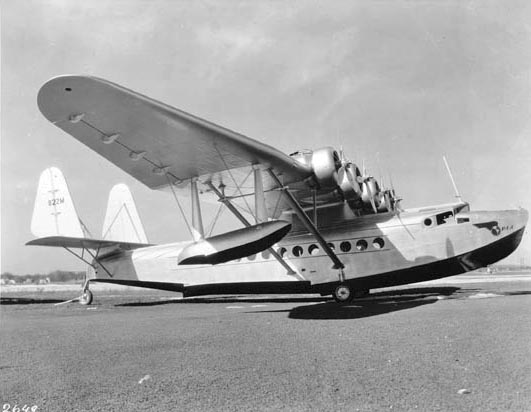THE EARLY DAYS OF SEA PLANESAmerican Admiralty Books Safety & Privacy Policies |
| The NC-3 Flying Boat taxis before takeoff before the first transatlantic flying expedition. Recently we ran a post on how the Malaysian Maritime Enforcement agency is helping to keep coast guard type seaplane production lines going and continuing the development of coast guard type seaplane tactics. http://americanadmiraltybooks.blogspot.com/2013/12/the-role-of-small-naval-forces-in.html
We also recently learned that Malaysia, India, and Indonesia are all actively using commercial sea planes to link their offshore island communities. This is a smart move not only because seaplane usage is cheaper than constructing air ports but because land is scarce on these islands and could certainly be put to better use. The net result is that these nations have once again created a float plane and flying boat market. In the post linked above we spoke of how the U.S. Coast Guard was a pioneer in float plane and flying biat development but also worked on the use of helicopters eventually dropping float planes and flying boats from their air arm. Unfortunately the tactics and technology were far from complete at the time the United States ceased working with it. That other nations are keeping the production lines open and advancing the operational doctrines is great news. We may find in establishing that much sought after "persistent Coast Guard Presence" in the High Arctic that we end up needing some sophisticated float planes. Recently we came across a book on the U.S. Coast Guard's early work with sea planes. We thought that we'd review it for you.American Admiralty Books Safety & Privacy Policies
 Commander Elmer F. Stone, Coast Guard Aviator No.1 was the pilot of the NC-4 , the first aircraft to cross the Atlantic in 1919. This was well before "Lucky Lindy" who made the first non stop flight from the American continental land mass to the European continental land mass in 1927. The flight of the NC-4, a flying boat was marked by numerous island stops, a circuitous route and took 23 days to complete. More over three air craft started out, only NC-4 completed the crossing. The era between the World Wars was an exciting time for aviation and seaplanes played a major part. This later part of this era was the era of PAN AM, "The Merchant Marine of the Air" using such air craft as the Sikorsky S42 PAN AM linked the Americas and crossed the Pacific with regular passenger service via flying boats before there was the air port infrastructure to support today's style of transoceanic flights.  Sikorsky S42, Photo Credit: Library of Congress. Sikorsky S42, Photo Credit: Library of Congress.
This is the era explored in this book. Between the flight of the NC-4 and the start of PAN AM regular services there was a lot of developmental work in sea plane operations performed by the U.S. Coast Guard. We really can't add much more than what the dust jacket says, its on point:
" With nearly 300 vintage photographs and close to 300 pages of text, retired U.S. Coast Guard aviator Capt. Robert Workman presents a complete picture of naval aviation's rapid development between 1911 and 1938. Frustrated by the lack of information specifically about the Coast Guard's aviation heritage, the author undertook research of his own. The result is a balanced look at early naval aviation that, for the first time, gives full credit to the important contributions made by Coast Guardsmen. He shows that it was thanks to their creativity, skill, and determination, along with efforts by the other sea services, that such great strides were possible. Several chapters are devoted to the inventions of the float plane and flying boat and why the flying boat was considered more seaworthy and reliable."
We highly recommend this book for all those with an interest in either naval or civil aviation history and especially for those now working in the field of amphibious air craft. Click on the book icon below for more information or to order:
|
Monday, December 23, 2013
SEA PLANES AND FLYING BOATS
Subscribe to:
Post Comments (Atom)


No comments:
Post a Comment